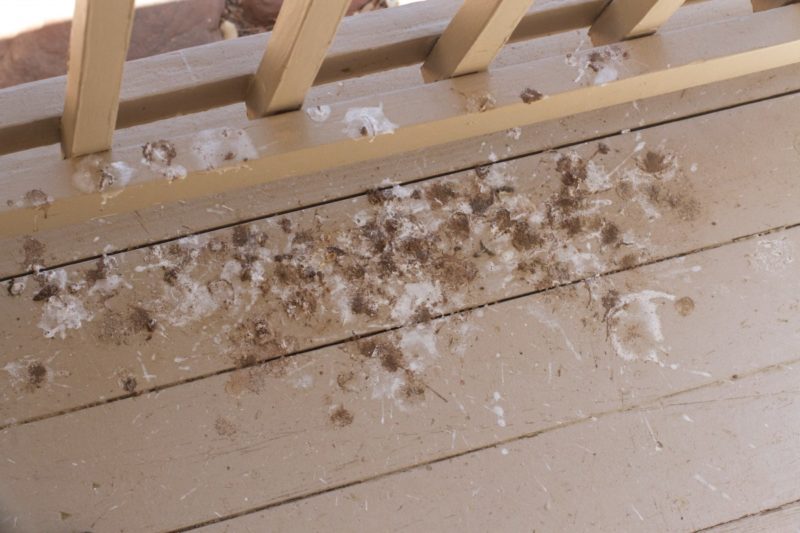So, how to remove mildew from shower curtains?
Bathrooms provide a hospitable environment for the proliferation of mold and mildew.

Mold can be found in your shower curtains, too.
And this occurs when they aren’t ventilated well, washed frequently, and if the temperature is warm and the moisture content is too high.
The mold will surely proliferate, especially when the conditions are ideal; in an instant- just after a day or two.
It is bad news to observe a few black spots on the bathroom and shower curtains; this indicates an issue.
So, don’t wait for these spots to get bigger.
Although this is certainly the case, you should note that mold will appear in several different colors.
Remember that it doesn’t matter if it is pink, red, or green; the fact that it’s a mold must be removed.
Without further ado, let’s start!
Ways To Remove Mildew From Shower Curtains
Yes, it is unappealing to have molds on a shower curtain.
It can be difficult when guests come, especially when it looks messy.
A mold, which is not eliminated, will grow and cause respiratory problems.
Not just that, it may lead to the worsening and aggravating of asthma and allergies; and this will get worse over time.
Don’t fret, though. Here are the ways on how to remove mildew from shower curtains:
#1. Using non-toxic natural ingredients to clean shower curtains
Yes, the existence of commercial mold removal products is easily verified.
But the use of some of these substances could have the same negative effects on the human body as mold itself.
Well, you can opt for peroxide and baking soda; they are also efficient at expanding aid treatments.
Plus, they’re natural ones that can be effective in treating this problem.
Be sure to use a mixture of elbow grease or special shower products in conjunction with natural ingredients to remove mold from your shower curtains.
To minimize the effect of spores or mold growth, you can unplug the showerheads.
Also, you can remove shower curtains from the rod and fold items in affected areas where they touch each other.
Take a 3 percent hydrogen peroxide solution and a brush.
Place the curtain on a flat surface and mist it with a hydrogen peroxide solution.
After allowing the hydrogen peroxide to sit for a few minutes, gradually stir in the solution.
Do a thorough rinse.
Make a paste of equal parts baking soda and water and soap, and rub the shower curtain until clean.
You should wash, and wash again, if possible.
If it is reversed, do the process on the other side of the shower curtain.
Hang the shower curtain to dry on a clothesline (so it won’t touch the ground).
#2. Taking care of shower curtains from the inside
You will have to clean your shower curtain outside, but you can use methods to get rid of mold that does not require it.
Remember the cleaning agents from the first step in the previous paragraph, but be careful and provide sufficient ventilation when cleaning.
Here’s what you should do:
Remove the curtain from the tub, and set it on the countertop of the sink.
Get your solution with a ratio of 2:1 (hydrogen peroxide: water).
Spray it in your shower curtains.
Allow 5 to 10 minutes for the solution to sit therein. Wash the curtains well.
You should try scrubbing the mold vigorously with a baking soda paste.
If it is required, thoroughly rinse and then repeat.
To prevent creases around the folds and seams of your shower curtain, make sure it isn’t completely expanded when you’re installing it.
That means going in the opposite direction of the procedure is outlined on the other side of the curtain.
Also, you must provide adequate air circulation across the shower curtain to help it dry evenly, to help it air-expand.
#3. Machine wash the curtains
You can clean most shower curtains and liners to minimize soap scum and grime, as well as any possible accumulation.
Spot cleaning not only removes visible mold.
But it should be done on all the curtains in the unit to eliminate this problem.
If you’ve removed the curtain from the light fixture, make sure to cover the shaft with hot water.
In this way, you can prevent mold spores from spreading in your house.
When you place a shower curtain or liner in a few towels, you help maintain its form and shape.
Also, it prevents the curtain from stretching and retaining water and stops the fading.
Now, here’s what you should do:
Rinse the baking soda and laundry detergent in the machine with running water
Before the spin cycle, use showerheads and towels that do not pick up much water to be cleaned.
Rinse them in the bathroom and allow them to drip-dry.
#4. Preventing mildew in your shower curtains
The most effective way to combat mold is to avoid a lot of water splashing when you’re taking a shower.
Furthermore, the best way to avoid mold growth is to create an environment free of moisture that promotes it.
It’s A Wrap!
Now, you’ve already known how to remove mildew from shower curtains.
You can do other things to maintain humidity control, such as preventing water damage, removing excess moisture, and using dehumidifiers.
It is essential to implement mold prevention in your cleaning routine, and you may never have to deal with mold again!
